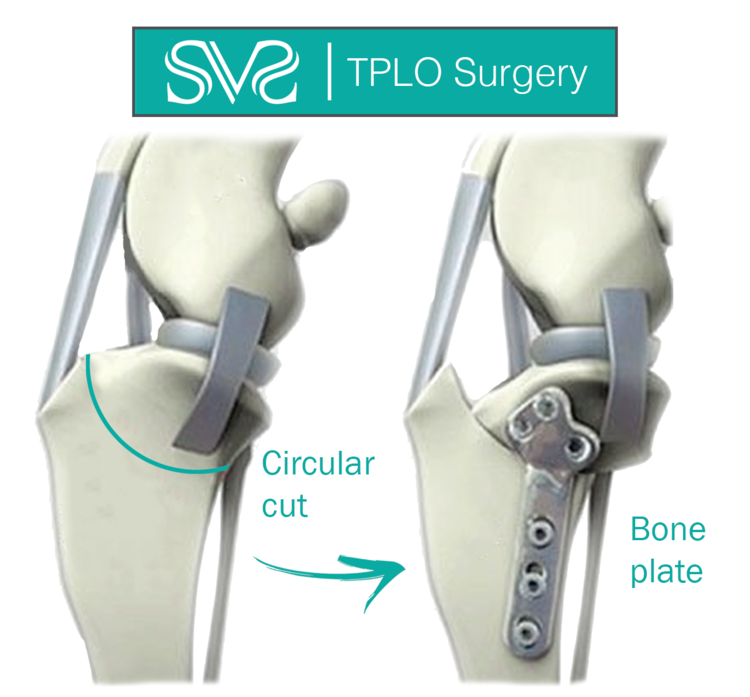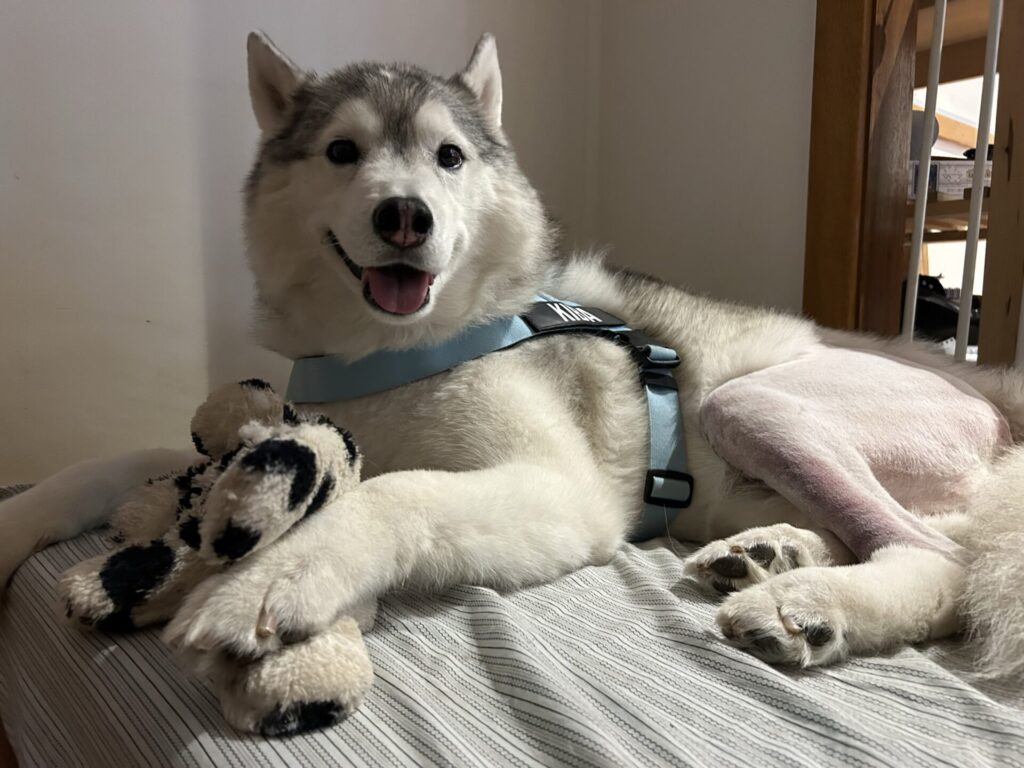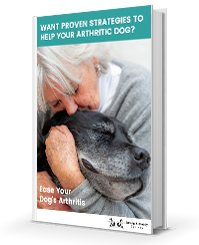Has your dog just been diagnosed with a CCL (cranial cruciate ligament) tear? Are you not sure what to do next?
A CCL tear usually means lots of pain for the dog and lots of worry (and money) for the pet parent.
So where to from the diagnosis?
First things first though, stay calm and don’t panic! Yes I know it’s easier said than done but we need to make some big decisions and panicking has a habit of clouding our minds and making it less likely to make good decisions!
Ultimately from the diagnosis you can decide to go down the surgical route, or the non-surgical (conservative) management route.
1. Surgical Management
Different surgeries have different techniques to help give the knee stability now that the main stabilising structure, the CCL, is torn.
Honestly I never considered surgery for my dogs, being a physiotherapist I wanted to treat it conservatively but after seeing Kiba struggle being lame for 2 weeks despite all the therapies and medication I was using, I knew it was time for surgery.
Kiba received a TPLO (Tibial Plateau Leveling Osteotomy) where the top of his shin bone was cut and rotated and then metal attached to stabilize the bone.

https://www.simonvetsurgical.com/news/what-happens-after-i-drop-my-dog-off-for-a-t
Here in Sydney, Australia I paid $6000 for Kiba’s surgery, then we did some laser therapy at the vets but the rest of the rehab we did at home (and noticing that post op exercises weren’t great I decided to create my own program!)

Kiba after his TPLO surgery May, 2023
TIP – To choose a surgeon consider the cost of the surgery, the experience of the surgeon, the support of the vet clinic post op and the associated post op protocol they provide for rehab. Also, ask which country the hardware that they will be using was made in. Unfortunately there are some cheaper alternatives that can have detrimental effects on your dog’s recovery.
Feel free to join this awesome Facebook group to get some support along the journey
https://www.facebook.com/groups/RunAgainRover
2. Conservative Management
Relative rest
Complete rest can cause more harm than good sometimes, it results in stiff and sore joints and muscles waste away. As a therapist we like to encourage “relative rest” which means still trying to do some movement, like short, leashed walks, to encourage joint mobility and reduce any muscle loss but still allowing some rest to help with healing. Let their pain guide how much movement you do.
Medication
Pain relief and anti-inflammatories are important medications that aim to reduce knee pain and swelling. Not only will this help make them comfortable as they rest but also helps make movement and exercises more tolerable.
Natural Pain Relief
Applying an ice pack to the knee can be a natural and easy way to decrease pain and inflammation. Laser therapy can also provide natural pain relief. It can be done with highpowered lasers in a clinic or lower levelled lasers you can purchase for home use. Supplements high in omega 3s can also help decrease pain and inflammation.
Strength Training
Strength training is crucial for dogs with CCL tears. It strengthens knee muscles, enhances joint stability, and includes various exercises like Cavaletti rails and leg raises.
To begin strength training you need to make sure that their pain is well managed using the above strategies.
Weight Loss
If your dog is overweight it will cause more pressure on the injured joint and therefore cause more pain so it is best to ask your vet if a weight loss program is needed.
Knee Brace
A knee brace can provide some stability to the joint externally. The problem, though, is they can be expensive and may not fit well, or worse still your dog just refuses to wear it!! If you want to try this be sure to ask your vet to make some recommendations and, if possible, try before you buy!
Home Modifications
No one wants their dog to slip and trip when they’re already in pain from a torn CCL! Avoid accidents by using rugs or non slip mats if you don’t have carpet. If stairs are slippery add some non-slip tape. You can also help them avoid stressing their knee by avoiding jumping by using ramps or stairs (especially if you’ve got a big dog and can’t lift them!) onto a couch or bed.
If you want someone to help talk you through the process or organise a strengthening program you can contact me here:

